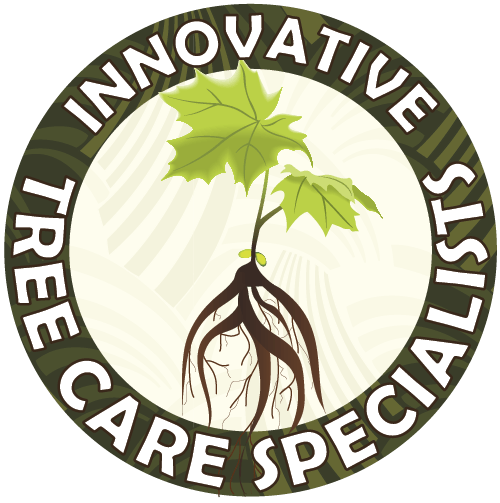Dutch Elm Disease
Introduction to Dutch Elm Disease
Dutch Elm Disease (DED) affects all of our native North American Elm (Ulmus spp.) trees. It is caused by two closely-related invasive fungi, Ophiostoma ulmi and Ophiostoma novo-ulmi, introduced to our ecosystem in the 1900s. Most people have heard of Dutch Elm Disease, as it is the reason our native American Elm is no longer prevalent as a majestic street tree (at least in its original form - several “disease-resistant” cultivars are still planted). Dutch Elm disease causes a vascular wilt in susceptible Elms, leading to mortality. Elm trees can succumb to Dutch Elm Disease in as little as several months, but sometimes they slowly decline over the course of two or more seasons.
Causes of Dutch Elm Disease
DED is spread in two ways: root grafting or via beetle vector.
Beetle Transmission
Two bark beetles are known for vectoring the pathogen:
(1) our native American elm bark beetle, and
(2) the smaller European elm bark beetle
When the disease is introduced via overland spread (i.e. beetle vector) you will get a characteristic “flagging” in the upper canopy. This is when a limb or limbs begins to dieback, from the tip down, as the disease spreads towards the main stem. Caught early enough, diseased limbs can be “traced” out, and therapeutic treatments can be administered. We recommend preventative treatments for “high-value” Elms.
EUROPEAN BARK BEETLE
The smaller European elm bark beetle is drawn to stressed (or dying) Elm trees to complete the breeding and overwintering phase of their life cycle. It is here that they pick up spores of DED (if present). In spring, they emerge from the overwintering tree to feed on healthy Elm tree branches, in the upper canopy. This is when new infection occurs. After feeding they seek out another stressed (or dying) Elm tree to repeat their life cycle. The smaller European elm bark beetle can have 2-3 generations per year, and DED can be introduced throughout the growing season by this vector. Here in southern WI, the smaller European elm bark beetle is the primary vector of Dutch Elm disease.
ELM BARK BEETLE
The native Elm bark beetle has only one generation per year, and it more common in northern areas of Wisconsin and at higher latitudes. It utilizes healthy Elm trees for overwintering, but still seeks out stressed (or dying) Elms for breeding (where they pick up DED spores). In spring, they emerge to feed on healthy Elm branches, before repeating their life cycle. Disease introduction occurs during the feeding or overwintering phase.
Root Graft Transmission
Root graft transmission is another major form of DED spread. It will present with limbs dying back on the side of the tree where the disease enters.
Root graft spread often results in an accelerated wilt, and therapeutic treatments will not help. Root graft trenching is part of ideal management for Dutch Elm disease, but trenching is often not an option for urban trees.
Signs & Symptoms of Dutch Elm Disease
Symptoms of DED infection include leaf yellowing or browning, followed by leaf curling and rapid leaf drop. Staining of the fungus can be detected in sapwood, and is often used for disease confirmation or during “tracing” procedures.
Dutch Elm Disease “Staining”
Dutch Elm Disease Symptoms in Leaves
Dutch Elm Disease Treatment Plan
We recommend a high volume macro-fusion with Arbortect 20-s (Thiabendazole 26.6%) to prevent the overland spread of DED for up to 3 years. This treatment is the industry standard and has been used for over 25 years in DED protocols, with a 99%+ success rate (when applied as a preventative treatment). Insecticide treatments, to prevent beetle activity, can also be considered for smaller trees.
Dutch Elm Disease Treatment via High Volume Macro-Infusion
A Diseased Elm Undergoing Treatment for Dutch Elm Disease



